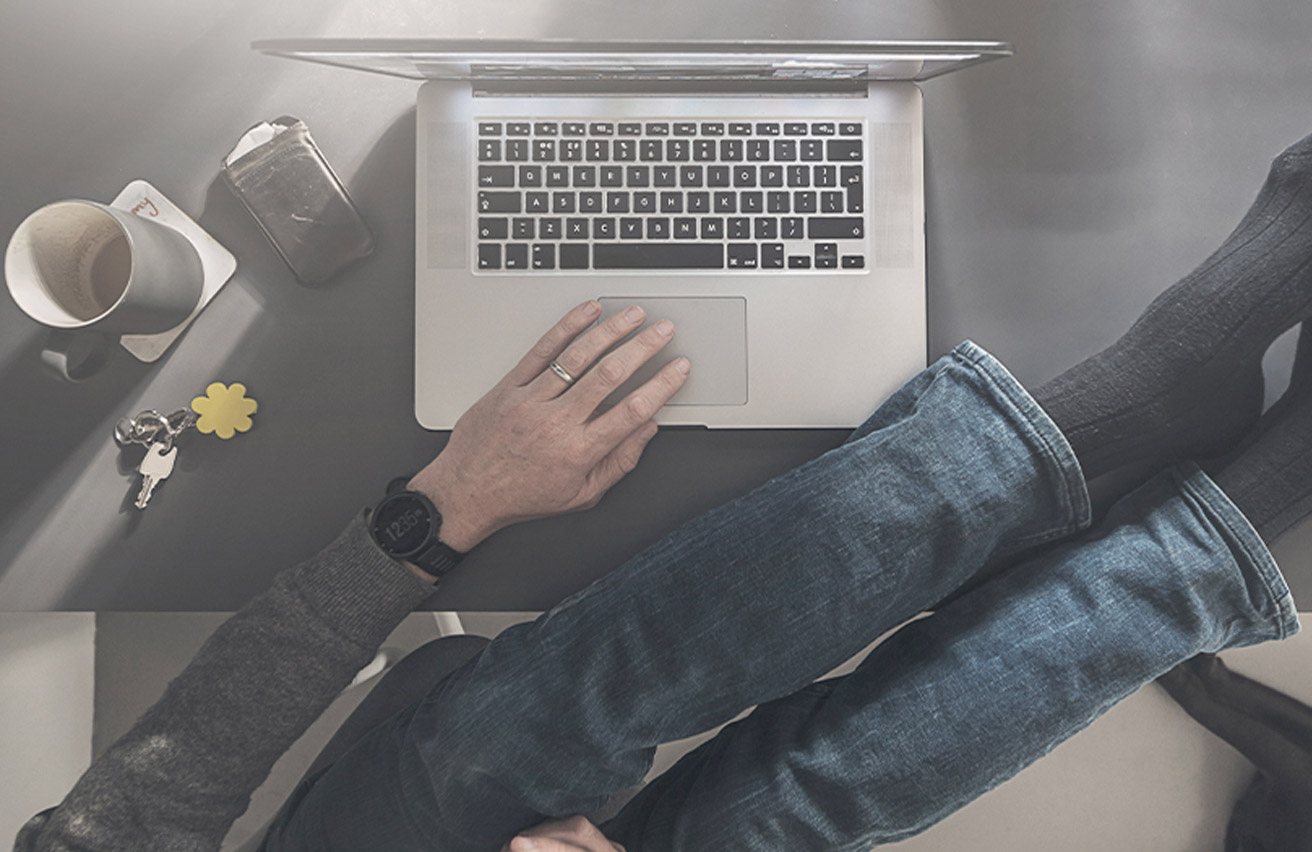If you’re working from home for the first time, it can be overwhelming. However, we can still connect as humans, work together and support each other even when we’re not in the same room.
We chatted with Vincent Hofmann of BetterWork to find out how you can make remote working manageable, productive and fulfilling.
What is the number one tip you would give someone working from home?
The best tip I could give is to intentionally structure your day. At work, we have so many cues to trigger how we navigate our routine and work-week. For example, when it’s nearing lunch-time, we see colleagues head for the canteen so we know it’s time for a break. Or we know it’s time to stop working when we see everyone preparing to leave.
In the absence of those cues, one day just flows into the next. This upsets our natural rhythm and can cause fatigue. Be creative and think of new ways to cue you to take breaks or to focus on deep-thinking work.
A simple hack may be creating a deep-thinking playlist on Spotify or Apple Music, which lasts 45-minutes, to cue the beginning and end of a period of work.
What are some of the common mistakes to avoid when working remotely?
One common mistake is failing to create a space that separates home from work and work from home. This will leave you feeling like you’re always on and always connected.
You can establish a distinct ‘work place’ by creating a habit for where you do work. You could establish a routine before you go to your ‘work place’, like getting dressed, making yourself a cup of coffee and sitting down at table or desk to get your tasks done. At the end of the working day, try not to return to this space.
If you have budget, you could ‘dress’ the space to look like a working environment (eg, an external monitor or keyboard, a pinboard, etc).
It would probably be a mistake to work in bed or on the couch in front of the TV. Other potential distractions include the fridge, TV, social media and housework.
One common mistake is failing to create a space that separates home from work and work from home. This will leave you feeling like you’re always on and always connected.
How can you still be a team player while working in isolation?
Almost all the work we do in the modern world relies on an ambitious, committed group of people working well together. That means contributing meaningfully to a team is essential.
Physical distance doesn’t mean social distance. You can make your ‘presence’ felt by establishing a daily habit of a check-in video call or diarise a one-on-one catch-up call with your team members (on Zoom, Google Hangouts, etc).
Of course, there is no harm in keeping the energy up by sharing music, appropriate memes or amusing GIFs through your team’s dedicated social or communication channels.

Physical distance doesn’t mean social distance.
How can you stay motivated while working at home?
A simple and effective way to stay motivated is to ‘book-end’ your working week. Start the week with a simple planning exercise and end it with a review of the work you were able to achieve.
You can record this in a personal journal or notebook. If you’re comfortable sharing some of your thoughts and insights, you can also share on your team’s communication platform. It may motivate or help someone else on the team.
You could also try doing some exercises, yoga or mindfulness practice to create a ‘buffer’ between work and leisure time.
Our phones have become the physical embodiment of being busy and connected, so any time you’re away from it will feel like ‘switching off’.
About BetterWork
BetterWork, a work design company, which Vincent co-founded, has been thinking of ways to help team leaders go remote gracefully and efficiently. The Remote Work Starter Kit is a people-focused resource to help you and your team make remote work, work.

